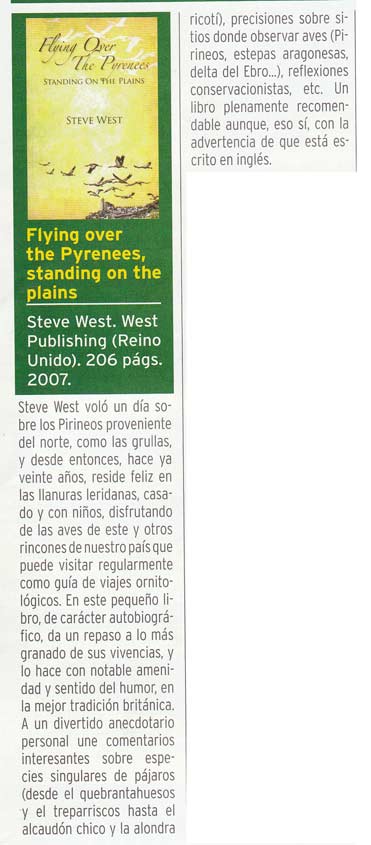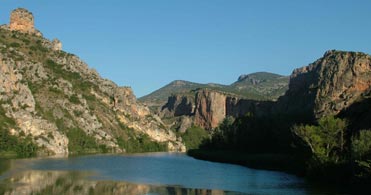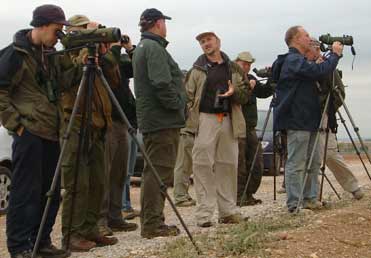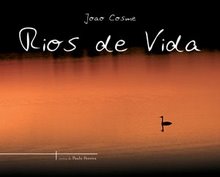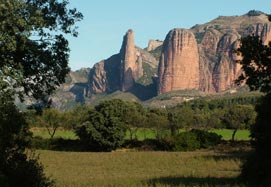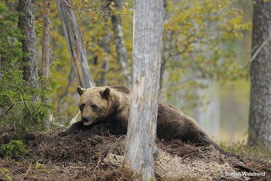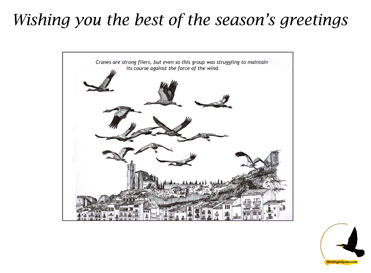Birding Hotspot Challenge 2009
It’s been there sizzling in my brain for some time, then it went cold…..now it’s started to boil! The Hotspot Challenge! That’s it – the gauntlet has been thrown down, will it be taken up or will it be swept up and carted away by the municipal cleaning brigade?
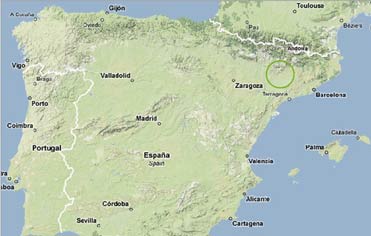
“What is this Hotspot Challenge then?”, I hear you all clamour. Patience, and I will explain.
I have just drawn a circle with a radius of 25km on the map of northeast Spain, centred on Balaguer, just 25km or so from my home. I have chosen this area as my promising “Hotspot”. Around that I have drawn a larger circle, with the same centre but with a radius of 50 km, the “Hot ring”.
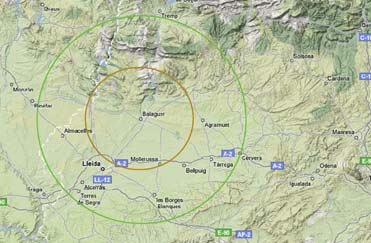
In the course of 2009 I am going to go about my business as usual, birding on my own, with friends, individual clients or tour groups. Maybe the odd twitch for something really close to home, but without any obsession factor involved. The only extra activity that the Hotspot Challenge will imply is taking note of the species I encounter within each area in the course of the year. And of course, making sure that the observations are within the designated areas. Then writing gripping reports about what I have seen on the BirdingInSpain blog (ie. here).
In order for hotspots to compete against each other there are just a couple of restrictions:
(i) No coastal areas can be included as Hotspots. It wouldn’t be fair.
(ii) Hotspots to be chosen in the temperate (not tropical/subtropical) zones of the continent.
And that’s all! So the Hotspot challenge is simplicity itself. Too simple for all those words really. And an innocent pursuit which will add no carbon to that nasty carbon footprint we all hear so much about (not counting the writing bit of course).
The only thing remaining is to announce the challenge: who is willing to take up the gauntlet? Who thinks they can find a hotspot near them to rival or surpass the one I have chosen here near Lleida in northeast Spain?
Tell us about it, and may the migration be with you!
By the way: I’ve already started and got a couple of goodies for my hot ring. But I’m not revealing their identity just yet – you’ll have to wait for the next Hotspot post.

